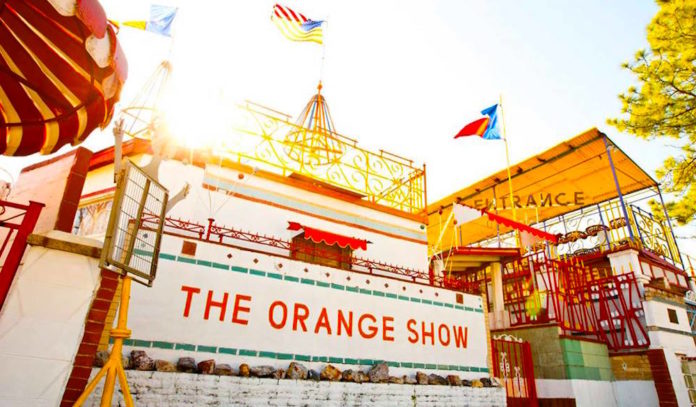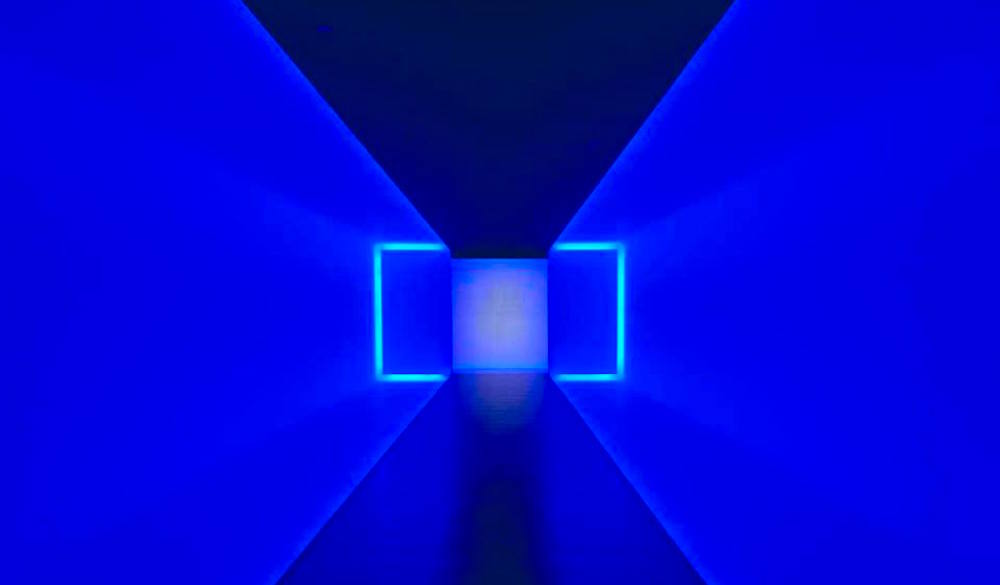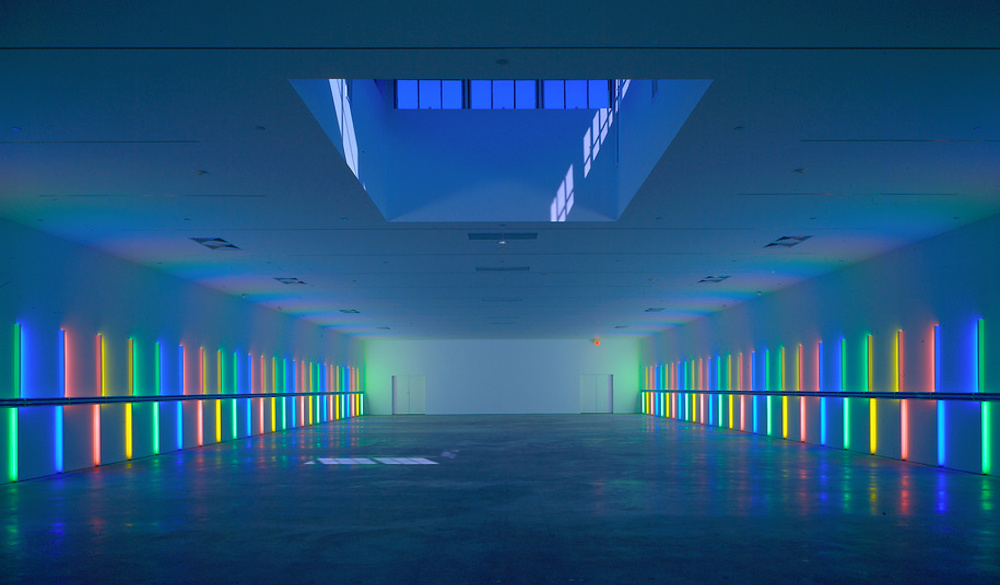
Stumble upon some of the city’s best art experiences with our list of top 5 permanent art installations in Houston.
Houston is home to many site-specific art installations that are here to stay. Over the decades, artists have contributed to making imaginative and immersive spaces for us to explore.
Ranging from mind-altering light installations to historical Houstonian pastimes, check out our list of five favorite installations in the city below.

Top 5 Permanent Art Installations in Houston
- Rothko Chapel – Commissioned in 1964 by John and Dominique Menil, the Rothko Chapel is an octagonal brick building that not only serves as a spiritual chapel but also as a landmark for abstract expressionism and modern art. Designed by Philip Johnson, Howard Barnstone, and Eugene Aubrey, the sacred space consists of large meditative paintings by famed abstract expressionist painter Mark Rothko. The Rothko Chapel offers a unique experience for every visitor. It is a space that simultaneously celebrates solitude and community. Meditate, unload your heavy thoughts, read a sacred text, gaze into Rothko’s deep paintings on the walls or participate in the various communal programs. Click here for directions.
- Dan Flavin Installation on the Menil Campus – Richmond Hall is a must stop on your next visit to the Menil Collection. Walk a few blocks south from the main collection and you will find three distinct light installations by minimalist artist, Dan Flavin. Flavin finished the design two days before his death in 1996 with the installation later completed by his studio assistants. Designed in Flavin’s signature medium, fluorescent-light tubes, the installation provides a calm space for personal contemplation, allowing viewers to become infused with light. On the exterior of the building, green horizontal lights outline the east and west sides of the roofline. As you walk into Richmond Hall you are immediately greeted with two mounted diagonal white lights on opposing walls. The largest of the three pieces takes up the left and right sides of the hall’s interior. Reflecting off of the gallery’s concrete floor, dark purple lines of filtered ultraviolet lights divide colored pink, yellow, green, and blue fluorescent tubes, which alternate in repeating patterns throughout the room, creating a rainbow-reflective space.
- The Orange Show Center for Visionary Art – Built single-handedly from 1956 to 1979 by the late Houston postman Jefferson Davis McKissack, The Orange Show is a folk art masterpiece comprised of concrete, brick, steel and found objects. Located in Houston’s historic East End, the structure was created in honor of McKissack’s favorite fruit and illustrates his belief that longevity results from hard work and good nutrition. The monument, which was completely hand-placed and painted by McKissack, is an outdoor 3,000 square foot environment with a maze-like design of walkways, balconies, arenas, and exhibits decorated with mosaics and painted figures. It includes an oasis, a wishing well, a pond, a stage, a museum, a gift shop, and several upper decks.
- James Turrell’s The Light Inside, Wilson Tunnel, MFAH – Most of us were present when the world dialed 1-800-Hotline Bling in 2015, but did you know that superstar Drake’s hit music video was truly inspired by the work of celebrated installation artist James Turrell? One of the inspired works is accessible inside our very own Museum of Fine Arts, Houston. Installed in 1999, The Light Inside is a site-specific underground light-filled tunnel that connects the Caroline Wiess Law Building with the Audrey Jones Beck Building. Be sure to walk through this awe-inspiring tunnel as you stroll from one building to another. Make it your passageway and main destination as you become absorbed in the alternating neon colors and ambient lights of blue, purple, and red.
- The Beer Can House – Houston is a city known for its artistic eccentricity. Whether you love consuming beer or not, this house is one of the funkiest places tucked between Washington and Memorial. When retired Southern Pacific Railroad upholsterer John Milkovisch started the Beer Can House in 1968, he was originally experimenting with landscape design and slowly began covering his home with aluminum (aluminum beer cans that is). Over the next 18 years, he made his house disappear underneath an estimated 50,000 beer cans, transforming not only the aesthetic of his family’s home but also its energy bill. Garlands of beer cans hang from the roof edges on the outside of the house, functioning as shiny silver decoration and quirky wind chimes. Visit the house when it is windy outside, you won’t want to miss what all the noise is about.












